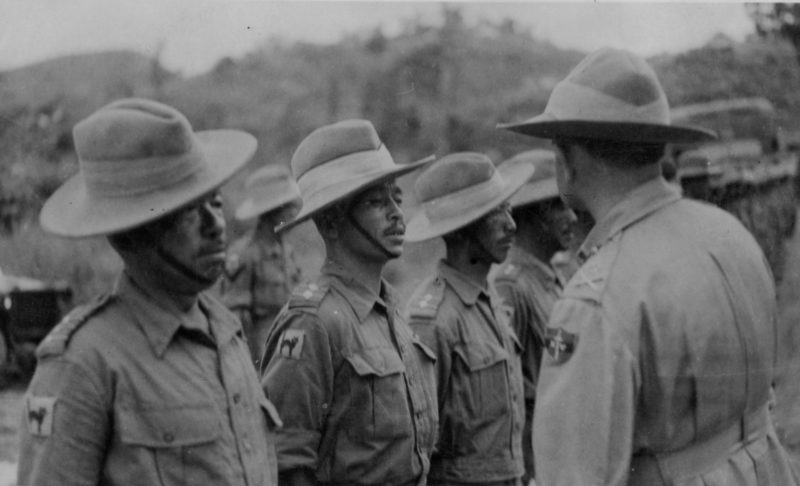Leadership Style and Legacy

Leadership Style and Legacy
Slim’s success as a higher commander, and his approach to leadership, owe much to his experiences in the First world War, to his service as a junior and field officer with Gurkha units and to his extensive study of his profession.
Perhaps because of his different background, he felt a need to demonstrate greater professional competence than his contemporaries . Certainly, his war injuries limited his ability to ride, hunt or engage in as many sports as others and he is known to have devoted much of his spare time to reading and study instead. His excellent performance in his application for the Indian Army Staff college at Quetta, and his first placing at the end of the course, marked him out for further professional development and after a period as an instructor at the Army Staff College in Camberley he was one of the small number of officers (from all three services) selected to attend the Imperial Defence College in London
Professional knowledge is a necessary requirement for successful leadership but, on its own, it is not sufficient. Slim combined it with an understanding of his subordinates – at whatever rank – and a charisma that was noted by all who saw him in command. He understood that in war, training and equipment are only part of the equation – and initially the formations under his command were short on both. Of even greater importance was morale, fighting spirit and self-belief. And Slim was one of those commanders who instilled those characteristics in those he led.
In his amusing and insightful memoire of serving as a soldier in 14th Army, George MacDonald Fraser had this to say of Slim:
“… the biggest boost to morale was the burly man who came to talk to the assembled battalion by the lake shore – I’m not sure when, but it was unforgettable. Slim was like that: the only man I’ve ever seen who had a force that came out of him, a strength of personality that I have puzzled over since, for there was no apparent reason for it, unless it was the time and the place and my own state of mind. Yet others felt it too, and they were not impressionable men.”
Slim was a commander who understood the importance of being visible to those he led (one of the few traits he shared with Montgomery). The need for his troops, at all levels, to see and hear directly from their Corps, and later Army, commander was clear to him. Furthermore, he recognised that his multi-national, multi-cultural and multi-lingual Army needed to hear from him in their own languages, which he did his best to master, addressing them directly from the bonnet of his Jeep as best he could in the languages less familiar to him (though occasionally, he admits accidentally lapsing back into his fluent Gurkhali!).
Slim was slow to blame others, understanding the limitations on what could be expected of those above, beside and below and the competing pressures on them, and yet quick to share the credit. His memoires are light on self-promotion and heavy on praise for his subordinates. But there was a steeliness when needed: Malaria was as great a threat to his force as the Japanese and in some units the prophylaxis regime was lax; Slim threatened to sack the Commanding Officers of units whose Malaria casualties were too high, a threat he carried out with a resultant improvement.
Slim was the embodiment of the ‘servant leader’ style adopted and promoted at the Royal Military Academy Sandhurst from its opening just after WW2. Today his memoire of the Burma Campaign, Defeat into Victory, is mandatory reading there for every Officer Cadet. His leadership exemplifies the importance of personal characteristics and attributes. Hence his best known comment: “Leadership is Just Plain You”.

